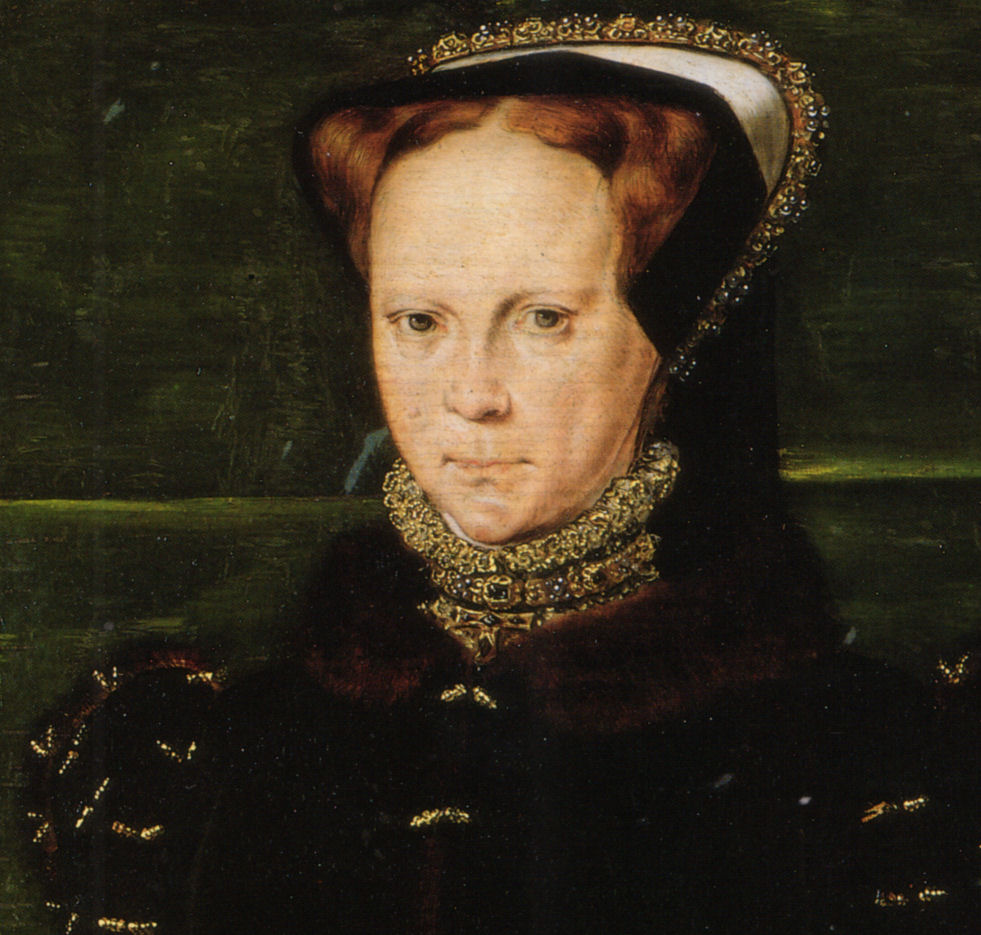The Early Modern Period: Tudors and Stuarts (1485-1603)
English Monarchs of the early modern period: The Tudors


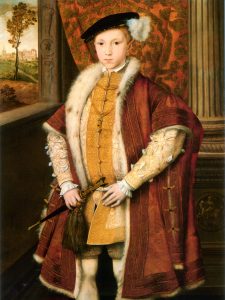



Scottish Monarchs of the early modern period: The Stuarts




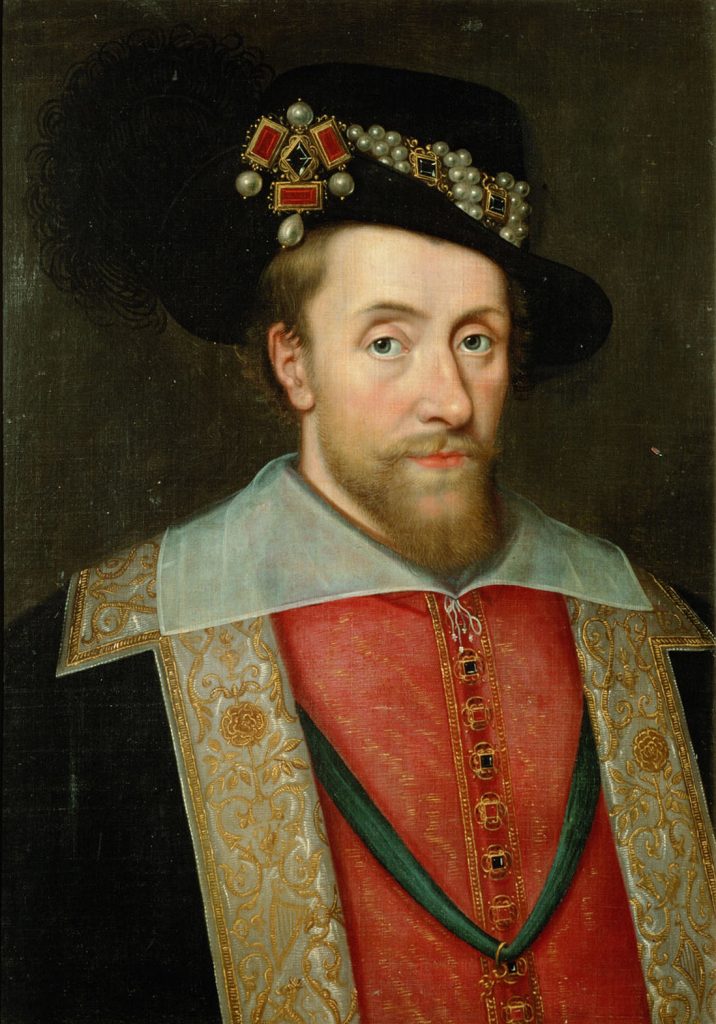
The 16th century marked a change from the medieval to the modern, but not without pain and turbulence. Although England and Scotland were not yet united under one monarch, they shared a common religious upheaval.
The arrival of the Tudors and the staying power of the Stewarts
By 1485 England had endured 30 years of warfare that had decimated the Lancastrian line of the Plantagenet royal family. Henry Tudor’s claim to the English throne came through his mother, a descendent of Edward III through one of his younger sons, although it was tainted with illegitimacy and the need for retrospective respectability. His father was the Welsh half-brother of Henry VI, through his French mother, Catherine of Valois.
Henry’s victory at the Battle of Bosworth opened a new chapter in English history. It saw (eventually) the end of the Wars of the Roses and the beginning of a new relationship between the monarch and the nobility.
Unlike the newcomers in England, the House of Stewart had ruled Scotland since 1371 (Mary I changed the spelling to the French version, Stuart). Despite their longevity, however, their reigns were often marked by turbulence and a struggle for power between the king and his nobles. Form 1406 each of the successive seven monarchs came to the throne whilst still a child creating a power vacuum that often ended in disaster.
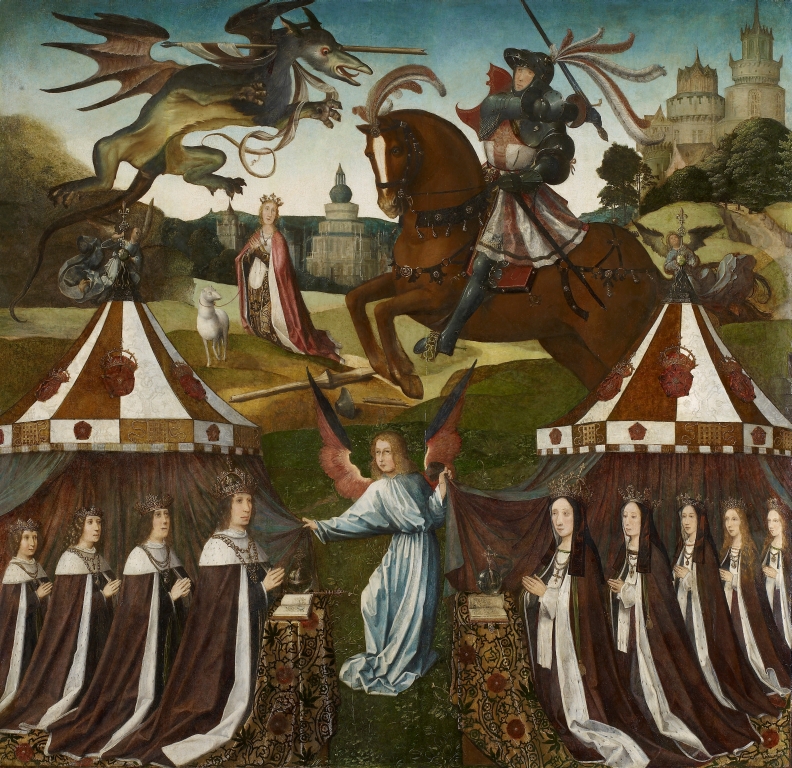

The Auld Alliance
For centuries, Scotland had aligned herself with France in a union against England known as the Auld Alliance, but in 1503 James IV had married the English king’s daughter, Margaret Tudor, binding the two countries together in a union described as a ‘good, real and sincere, true, sound, and firm peace, friendship, league and confederation, to last all time coming.’ Unfortunately, such hope was not to last.
In 1513 Henry VIII invaded France as part of the Holy League causing the French king to invoke the treaty and call on James to invade England. Despite an ultimatum from James and a reminder from Henry of his marriage to Margaret, the Scottish forces crossed the border sometime around 22 September.
The earl of Surrey was immediately dispatched to intercept and the two armies met at Flodden in Northumberland. The Scots are believed to have had something around 35000 men, 10000 more than the English, but Surrey was a master tactician and the English army was professional.
The consequences of the battle were a disaster for Scotland with over 10000 men killed including nine of her earls and the king himself. Scotland was thrown back into a minority monarchy.
The English and Scottish Reformation
People had always questioned the power of the Catholic Church but by 1517 that impulse had become a movement: the Reformation.
Initially, Henry VIII continued to defend the church, earning him the title Defender of the Faith from Pope Leo X. However, when Pope Clement VII refused to annul his marriage to Katherine of Aragon, he broke the English church away from Rome. Whilst he was happy to become Head of the Church in England and dissolve the monasteries and seize their assets, he never supported a full English Reformation and he died, at heart, still a Catholic.
Instead, it was his Protestant son, Edward VI, who pushed the Reformation forward. Stained glass and icons were destroyed, walls were whitewashed, chantries were abolished and processions were banned. However, within six years, Edward was dead and his Catholic sister, Mary, set about healing the schism with Rome before her early death ended her plans. Elizabeth travelled a middle-way, allowing people the freedom to worship in their own way, but the period saw radical factions appear that would create crisis in the 17th century.
Scotland began its journey to the Reformation as a means for James V to obtain money from the Pope by pretending that he was flirting with the new religion. His early death, however, left Scotland with yet another minority and although Mary would be raised a Catholic, in 1559 the Lords of the Congregation rose in rebellion against the regency government and John Knox returned from Europe to preach the new religion. In one night alone, St Andrews saw the destruction of its idols, religious wall art and relics. Only a year later, with Mary of Guise’s death and a surge in the support of the nobility, a new government was formed and Scotland became a Protestant country.
Mary’s return from France in 1561 set her on a collision course with her government but her son and heir’s upbringing was put into the hands of Protestant tutors and, on Mary’s removal, Scotland’s future as a Protestant country was secured.

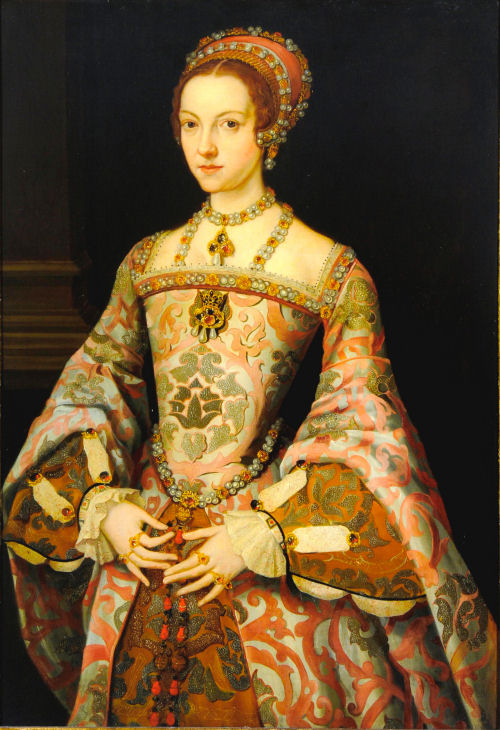
Henry VIII and his six wives
Henry’s love life is one of the most famous and most written about areas of the Tudor dynasty.
His first marriage to Katherine of Aragon was made when he was just 18 and in the first flush of chivalric passion. She had first come to England as the bride of Henry’s eldest brother, Arthur, and on his death was left in limbo until Henry chose to marry her. It was a decision that would have monumental consequences not only for Henry and Katherine, but also for England.
Anne Boleyn was Henry’s passion. He chased her for six years whilst she resisted, driving Henry’s need for a divorce. By the time that he was free, Anne had submitted and was pregnant, but the child was another girl. Three years later, with Henry’s desire now over, she was executed for treason.
Jane Seymour was groomed by her family to be the perfect foil to Anne – shy, retiring and demure to Anne’s passionate fire. She married Henry within days of Anne’s death and is best remembered as the wife who managed to give Henry the son he so desperately wanted. However, it cost her her life and she died twelve days after Edward’s birth.
Henry’s fourth wife was the German princess, Anne of Cleves, but , with Henry taking an instant physical dislike of his new bride, the marriage only lasted for six months. Anne remained in England as the King’s Beloved Sister.
Catherine Howard was the cousin of Anne Boleyn, and, like Anne, was pushed in front of the King by the Duke of Norfolk. Her date of birth is uncertain but she was no older than 19 when she was married Henry. The marriage lasted 16 months before Catherine was executed for treason through adultery.
Catherine Parr had already been married twice before she married Henry and was in a relationship with Thomas Seymour when the king proposed. She remained married to Henry until his death when she finally married Seymour. She died in childbirth 16 months later.
The age of queens
In 1542 Scotland gained its second Queen Regnant when the 6-day old Mary succeeded her father, James V. But it was her mother, the ambitious and formidable Marie of Guise who reigned Scotland as regent whilst Mary was sent to France as the wife of the Dauphin. For a year she was both Queen of Scotland and Queen Consort of France.
On Francis’ death she returned to a now Protestant Scotland where she was greeted with suspicion and mistrust. The murder of her second husband in 1567 brought her political difficulties to a head and when she married the man suspected of being responsible, Mary was forced to abdicate. Her 19 year imprisonment in England ended with her execution in 1586.
England saw its first queen regnant in 1553 when Edward VI died, naming his cousin Lady Jane Grey as his successor at the detriment of his sisters, the Catholic Mary and the Protestant Elizabeth. Both had once been declared illegitimate, and Jane’s powerful father-in-law, John Dudley, Duke of Northumberland used the situation to his own advantage. Jane’s claim, however, was not recognised by everyone and within 9 days of her being proclaimed queen she was a prisoner in the Tower of London.
Mary entered London in triumph and was crowned on 1 October 1553. Although found guilty of treason, Lady Jane was initially spared, however, Wyatt’s rebellion in January 1554 sealed her fate. Aged only sixteen, Jane was executed, declaring ‘I do wash my hands thereof in innocence.’
Mary’s triumph did not last. Her marriage to the Spanish heir, Philip, was unpopular and a series of false pregnancies took their toll on her health. Desperate to save her country’s soul, she oversaw the indiscriminate burning of heretics which earned her the epithet, Bloody Mary.
Mary was succeeded by her Protestant sister, Elizabeth and her 45-year reign is regarded as one of England’s golden ages. It saw political and religious stability that allowed the flourishing of art, poetry and music. Architecture saw a move from the castle to the country manor and theatre saw the arrival of William Shakespeare.

Key people
- Sir William Cecil, Lord Burghley
- Thomas Cromwell
- John Dudley, duke of Northumberland
- Robert Dudley, earl of Leicester
- Queen Marie of Guise
- Elizabeth Hardwick
- John Knox
- Sir Thomas More
- Sir Walter Raleigh
- William Shakespeare
- Sir Francis Walsingham
- Cardinal Thomas Wolsey
Key events
- 1496 Scotland invades England
- 1502 Prince Arthur dies
- 1513 The Battle of Flodden
- 1544 England invades Scotland
- 1545 Henry VIII's flagship The Mary Rose sinks
- 1549 First English Book of Common Prayer published
- 1554 Thomas Wyatt's rebellion
- 1558 England loses Calais, the last of the Plantagenet empire
- 1560 Scotland becomes a Protestant country
- 1568 Mary I of Scotland escapes to England
- 1586 Babington Plot and the execution of Mary I of Scotland
- 1588 The Spanish Armada is defeated
Read more from our magazine

Tudor Women: Elizabeth Fitzhugh (1462-c1505): marriage, widowhood and remarriage
The beginning of the Tudor era bore witness to two of its most formidable women, Elizabeth Fitzhugh (1462-c1505) and her daughter-in-law, Maud Green. Both were
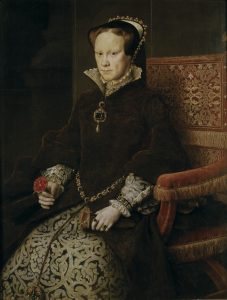
Mary I and her deteriorating eyesight
Mary I of England is often remembered for her phantom pregnancies, but her poor eyesight was one of her longest and most debilitating illnesses.
